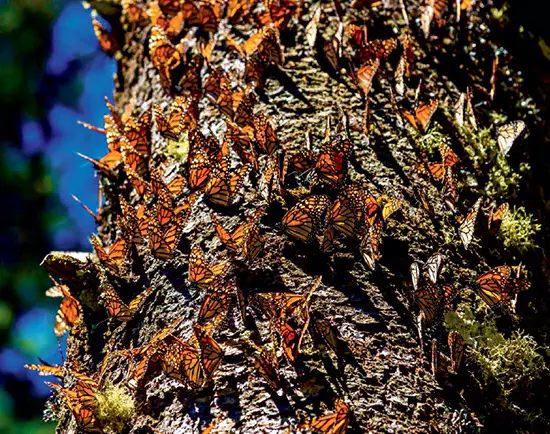Insect migration, a phenomenon showcasing nature’s resilience and adaptability, is exemplified by the captivating journey of the Monarch butterfly. This migration, a testament to the insect world’s complexity, was unravelled by Canadian zoologist Fred Urquhart, who dedicated decades to understanding the Monarch butterfly’s migratory patterns. Urquhart’s quest, starting in the 1930s, culminated in a monumental discovery in 1975, revealing the butterflies’ winter refuge in the mountains of Michoacán, Mexico. This discovery led to the protection of these critical overwintering sites, now known as the Monarch Butterfly Biosphere Reserve.
Each year, Monarchs embark on a remarkable 2,000-mile journey from North America to Mexico, a feat that spans multiple generations. Intriguingly, the migration involves a chain of life where no single butterfly completes the full round trip; instead, it is a multi-generational relay that continues to mystify scientists. The precise mechanisms guiding these tiny travelers – be it instinct, celestial navigation, or Earth’s magnetic field – remain a subject of ongoing scientific exploration and debate.
Monarch butterflies are not alone in their migratory endeavors. Various species of moths, dragonflies, locusts, and beetles also undertake significant seasonal migrations, some spanning distances and complexities akin to the Monarchs. These migrations are not just awe-inspiring natural phenomena; they are crucial for the ecosystems they traverse and the species’ survival.
Fred Urquhart’s pioneering work on Monarch migration opened a window into the astonishing world of insect migration, a field that continues to captivate entomologists and nature enthusiasts alike. Understanding these migratory patterns is vital for conservation efforts and offers profound insights into the resilience and adaptability of life on Earth.

